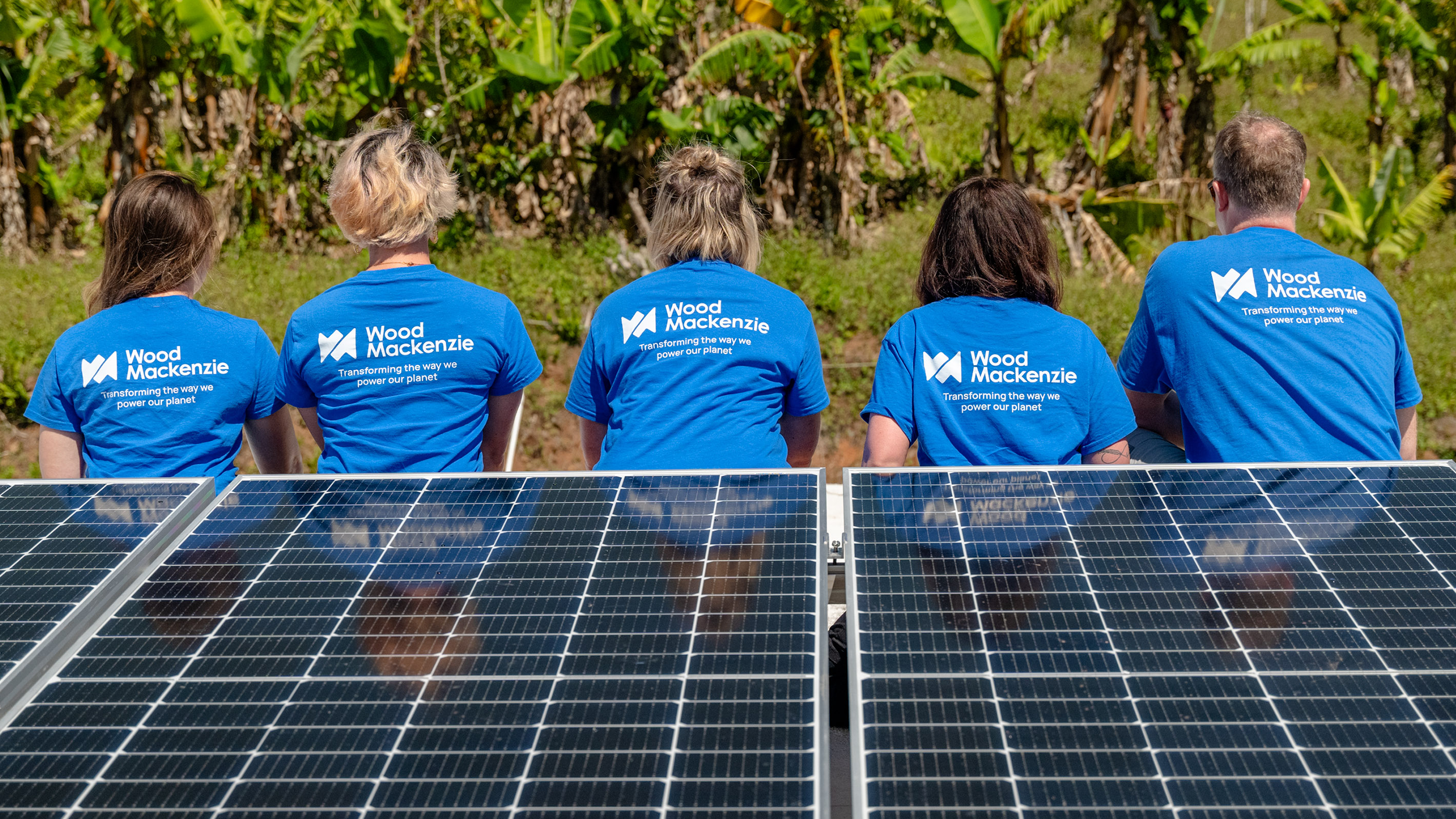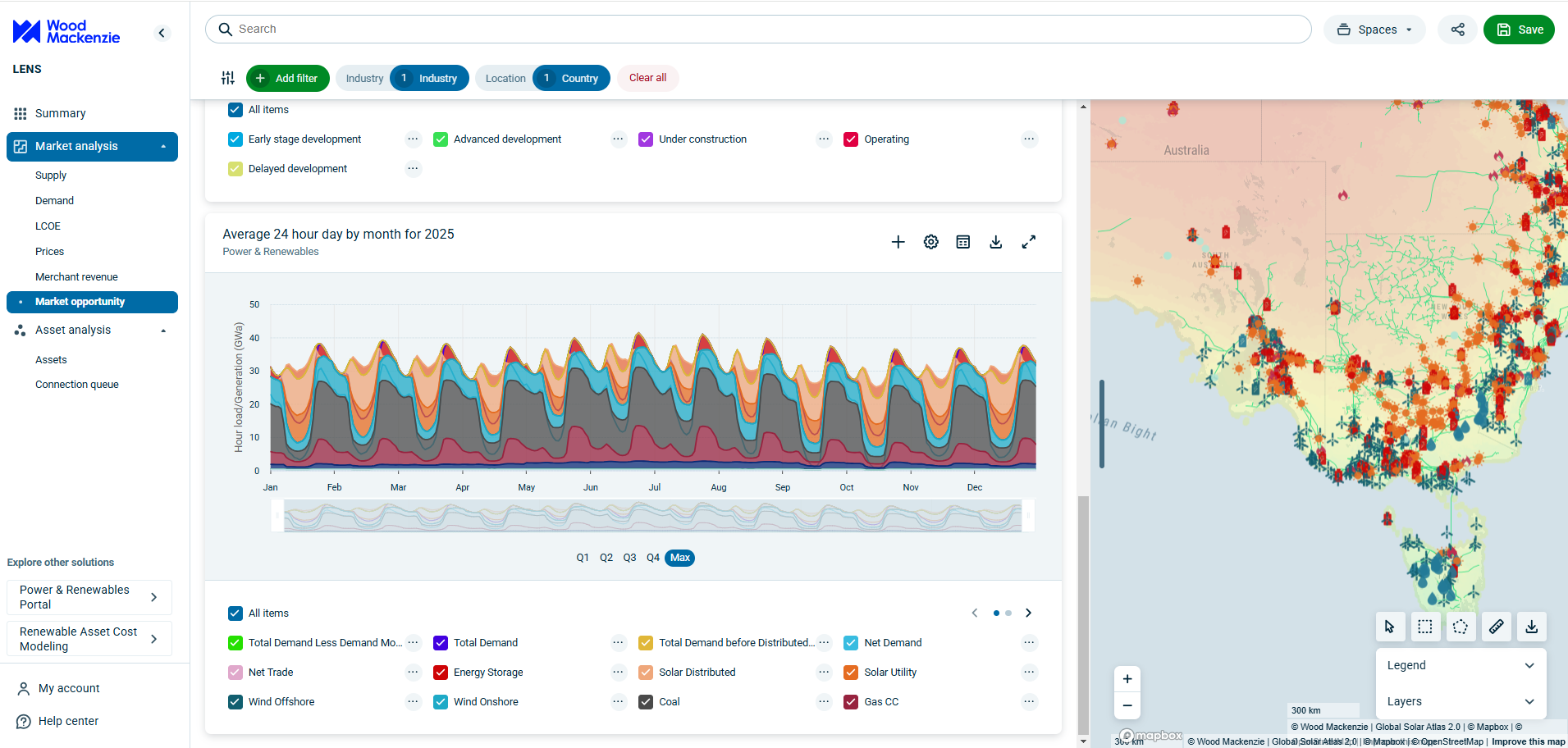Discuss your challenges with our solutions experts
Towards Empathetic Architecture
There is a palpable tension at the heart of modern companies. How do we combine existing, proven business systems with the demands of the ever-evolving technology landscape?
2 minute read
On one hand, companies must overcome inertia and the cost of dealing with legacy systems.While on the other, they can cause issues through their desire to be nimble and adaptive by adopting the latest technologies.
Empathetic architecture is building with harmonisation. It means integrating longstanding systems with recent technologies, without this tension, allowing the organisation to take the next step in its commercial journey.
Merging the old with the new : We can learn a lot in technology from looking at parallels within other industries. In this example, we are considering the built environment.
Companies do not exist in a vacuum: they’re riddled with mergers and acquisitions, re-orgs, strategy shifts, and new products leaving a jumbled architectural history.
These compounding pressures may seem overwhelming.
For example, a data management and analytics platform that was once on the forefront of technical capabilities, is now using a codebase that has been deprecated or uses standards that have now been superseded. Such a platform is being used to fulfil the needs of new products that it was not originally designed for. The technical and commercial environment of the organisation has moved on.
In this moment of commercial and technical transition, can seemingly opposite use-cases physically coexist? And can they exist with architectural continuity that is solving the organisation’s problems?
Absolutely.
Through the application of Empathetic Architecture, we can supply a way forward for our business now by re-purposing what works and simultaneously architecting for tomorrow.
Yes, this may require some interim states, where technologies and architectural patterns are more temporary than final. However, an Empathetic Architectural mindset should treat the even the target architecture as temporary, owing to those external compounding forces causing continual change.
To apply this approach, the benefits of the existing technology architecture must be understood. Plus, the future organisational roadmap and supporting technologies must be defined.
At this point there are two key questions that must be asked:
1) What are the incompatibilities between the current and target architecture?
2) How can these incompatibilities be resolved?
This mindset should not just be limited to technical architectural decisions.
Picture a new delivery team formed in an organisation, where this capability did not exist before. Will this team ignore existing delivery management processes and create a new bespoke way of working? Or will the team use what already works and transition towards a new roadmap, giving the organisation the capability, it needs through time. What is likely to be more seamless and less disruptive?
When moving forward and making decisions, it is possible to have the tools, technologies and architectural patterns that work now and move forwards with technological advancements. Fundamentally, such an approach will transition the organisation through time and ultimately make the whole greater than the sum of its parts.
As a Principal Data Architect, Connor Boyle helps the organisation to break data silos through data architecture best practices whilst fostering a culture of data driven reliability, observability, and automation. He leads and manages the solving of complex data problems, collaborating with highly technical and highly commercial focused teams.






